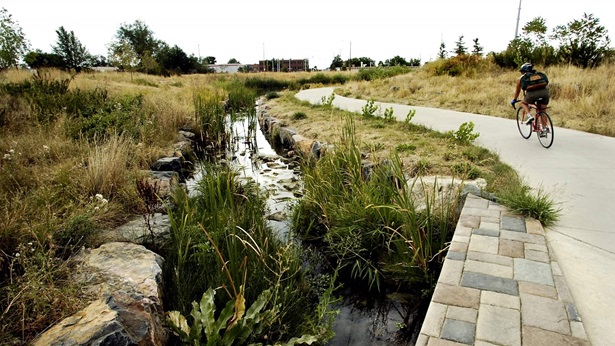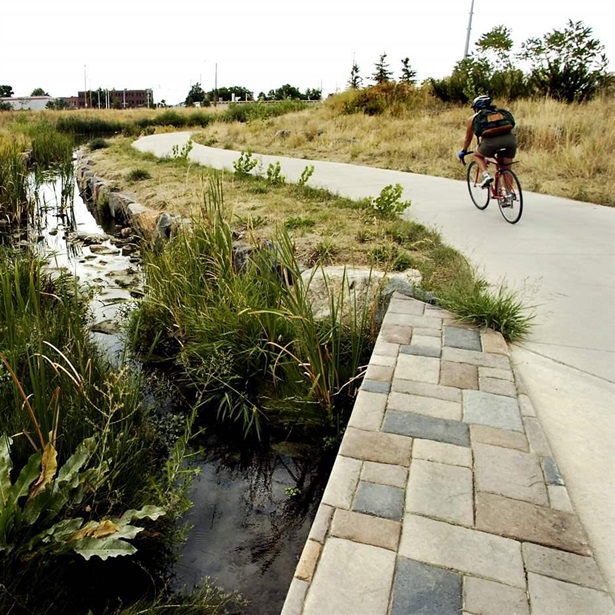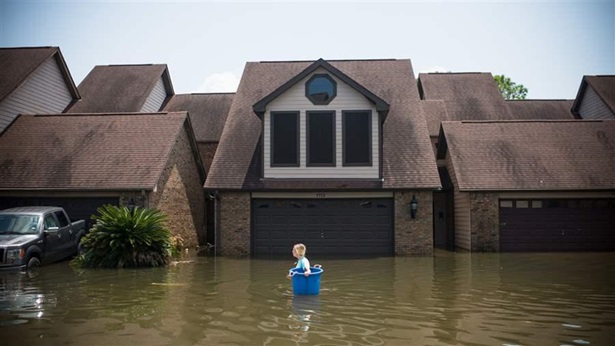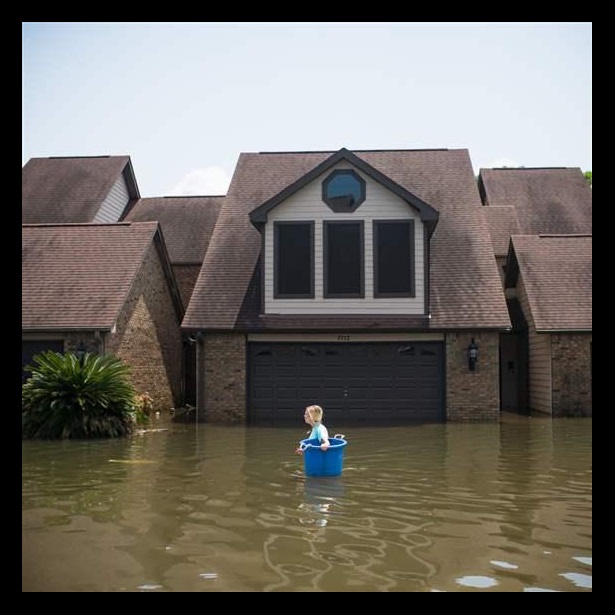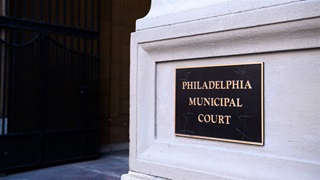Local Champions Discuss Their Proactive Approach to Disasters, Environmental Justice
Engagement and network building are key to protecting communities from climate-related events
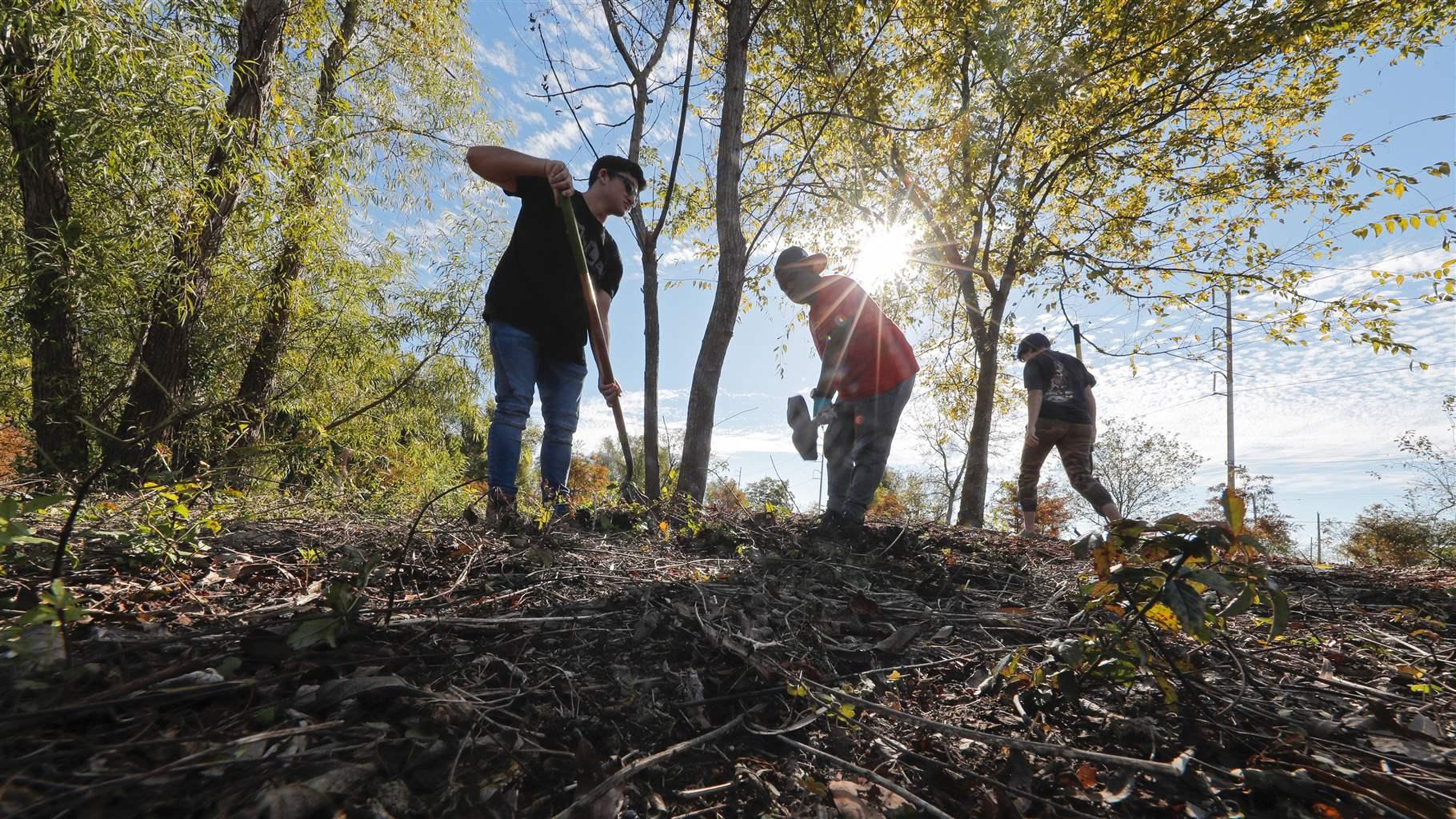
From the coasts to the heartland, climate-related disasters continue to threaten American communities of all sizes. But local resilience and environmental justice activists are leading the charge to limit the destruction from climate events and pollution.
Pew spoke with advocates whose longstanding resident engagement, network building, and on-the-ground action are empowering their towns and neighborhoods to better prepare for an unpredictable future. In open conversations, these champions shared how flooding and other climate-related events are disproportionately affecting low income, Indigenous, Black, and Hispanic communities, damaging local economies, ecology, mental health, and cultural heritage.

